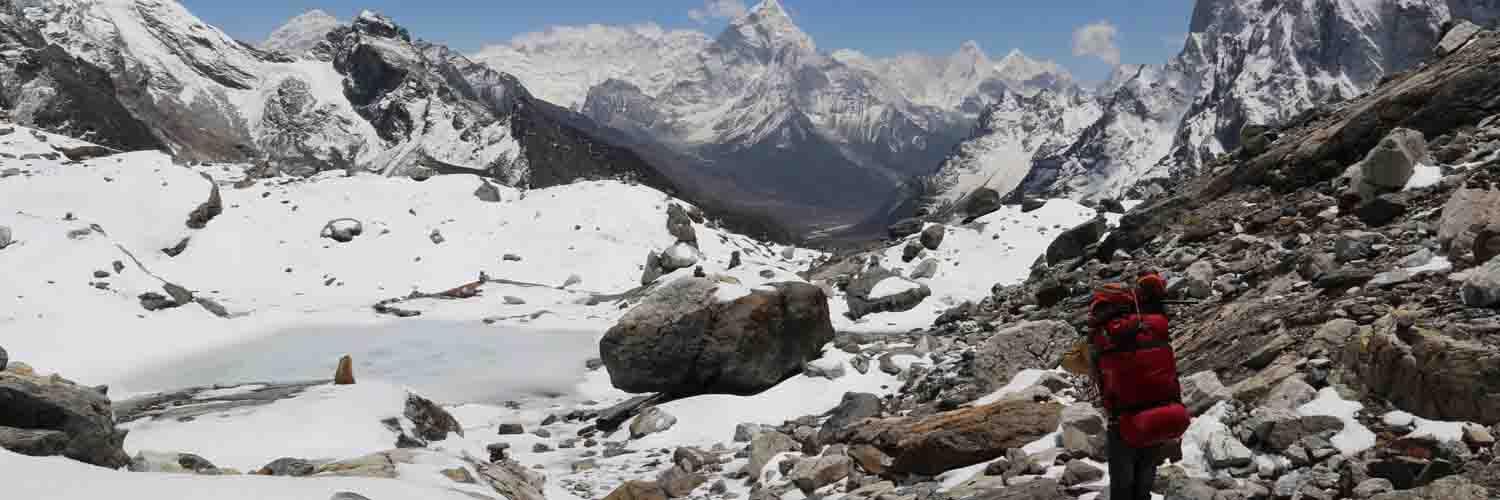1. What is Everest Three Pass Trek?
Everest Three Pass Trek is an adventurous and challenging trekking route in the Everest region of Nepal. It involves crossing three high mountain passes: Kongma La Pass, Cho La Pass, and Renjo La Pass, each offering stunning views of the Himalayas.
2. Is Everest Three Pass Trek difficult?
Yes, the Everest Three Pass Trek is considered one of the most challenging treks in Nepal. It involves crossing high-altitude passes, navigating through rugged terrain, and experiencing changing weather conditions. Trekkers should have excellent physical fitness, prior high-altitude trekking experience, and the ability to acclimatize effectively.
3. When is the best time for Everest Three Pass Trek?
Everest Three Pass Trek best time is spring (March to May) and autumn (September to November) seasons. The weather is stable with clear mountain views during these seasons.
4. Are there teahouses or lodges along the Everest Three Pass Trek route?
Yes, the Everest Three Pass Trek route is well-serviced with teahouses, lodges, and guesthouses along the trail. These provide accommodation and meals for trekkers, making it possible to complete the trek without camping gear.
5. What is the maximum altitude reached during the Everest Three Pass Trek?
The highest point of the Everest Three Pass Trek is at Kongma La Pass, which is approximately 5,535 meters (18,159 feet) above sea level.
6. How do I get to the starting point of the Everest Three Pass Trek?
The trek usually starts with a flight from Kathmandu to Lukla, followed by a trek to the gateway town of Namche Bazaar, where the actual Three Pass Trek begins.
7. What type of physical fitness is required for the Everest Three Pass Trek?
Everest Three Pass Trek demands excellent physical fitness and stamina. Prior high-altitude trekking experience is highly beneficial. Training with cardiovascular exercises, strength training, and long hikes will help you prepare for the demands of the trek.


